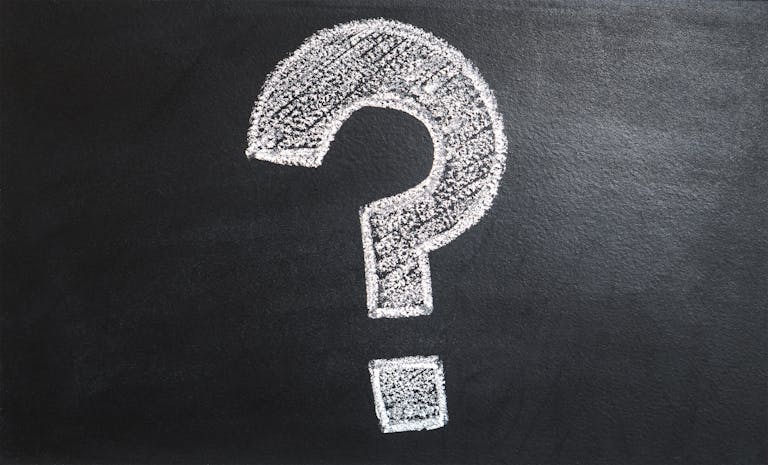Feeling Lonely? 5 Tiny Habits to Start Building Connection Today
Feeling lonely can feel a bit like sitting in a crowded café with headphones on — the world hums around you, but the melody never reaches your ears. I’ve been there, and chances are you have too. The good news is that loneliness often recedes not through grand gestures, but through small, repeatable acts that quietly stitch us back into the fabric of life.
Habits to start building connection aren’t grand, cinematic gestures. In fact, they’re often quiet movements you could miss if you blink: a two-line text, a note of gratitude, the decision to notice a stranger’s smile instead of scrolling past it. Yet over time these micro-moments grow roots, weaving the ordinary days of your life back into a living network of people, places, and meaning.
Loneliness, in that sense, is not the absence of company so much as the absence of attention to the threads already available. Each tiny habit below is designed to wake that attention up—and Lume’s reflection prompts will help you notice the difference a single day can make.
Key idea: Small acts compound. A seed looks irrelevant beside a tree, until you remember that’s precisely how every tree began.
5 Habits to Start Building Connection (and How to Track Them)

1. Send One “Small Ping.“
A Small Ping is a message with zero agenda:
“Saw this article and thought of you.”
“This song reminded me of our high-school bus rides.”
No demands, no expectation of a reply. In physics, a ping finds a submarine; in life, it finds a friendship that may have drifted but is still afloat. After you hit send, jot two quick lines in your journal: How did that feel in my body? What story did my mind spin about their silence—or their answer?
(Hint: if the mind whispers “They probably don’t care,” answer back, “I don’t know that yet.”)
2. Spot a Daily Kindness
Social psychologist John Cacioppo noted that loneliness is the pain of social separation, just as hunger is the pain of caloric deficit. Kindness is calorie-dense food. When you notice a door held open or a stranger’s nod, you feed your relational brain proof that people can be generous.
Tonight, add a heading in your notebook—“Kindness Sighting.” Describe the moment in 30 words or less. Do this for a week and you’ll have a constellation of evidence that humanity still glimmers.
3. Ask: “Where Did I Feel Less Alone Today?“
The brain is Velcro for negatives and Teflon for positives. Flip that script by ending the day with one question: “Where did I briefly feel connected?“
Maybe it was a podcast host’s laugh on your commute, or the barista who knew your name. Tiny? Yes. But write it down anyway. Naming the spark fans the flame.
4. Share One Moment of Micro-Openness
Big vulnerability can be scary; micro-openness feels safe enough to try. Next time someone asks “How are you?” trade “I’m fine” for a five-second truth:
“Honestly, a bit overwhelmed with work, but I’m hanging in.”
That’s it—no overshare required. Later, note in your journal: What was their real reaction versus my fear? Over time you’ll gather data that reality is kinder than anxiety predicts.
5. Treat Yourself Like Someone Worth Befriending
Loneliness eases when self-talk softens. Choose one gentle act a day: cook a favorite meal, take a ten-minute walk, or write a compassionate line to yourself. Tag the entry #SelfFriend or whatever reminds you that you deserve kindness.
If you spoke to a friend the way you speak to yourself, would the friendship last?
Asking—and answering—that question each night can shift your inner tone in a matter of weeks.
Why These Habits Work (A Quick Science Detour)
Psychologists at the University of Chicago found that deliberate, low-stakes social actions significantly reduce perceived isolation. Their findings echo the 80-year Harvard Study of Adult Development showing that the quality of small daily connections predicts long-term well-being more than fame, IQ, or income.
A Moment-from-My-Life Proof Point
Four winters ago I moved to a new city for work and, within weeks, slipped into the gray hum of isolation. Each evening I’d walk home past a row of rowdy bars, hands jammed in pockets, certain everyone inside already belonged to someone else. One night I tried something embarrassingly small: I texted Luis, a college friend I hadn’t spoken to in two years—the classic Small Ping.
Me: “Random, but this street taco truck just played the song we blasted senior year. Made me think of you. Hope you’re good.”
He answered ten minutes later with a photo of that same CD, still scratched but treasured. The next day I noticed a stranger holding the subway door when he could have let it slam. I wrote Kindness Sighting in my notebook, fifteen words, closed it.
Nothing seismic happened that week—no tear-filled reunions, no sudden party invitations. What did happen was quieter: the walk home felt one shade lighter; my posture loosened; I started making eye contact with the barista instead of mumbling an order. By spring, I had a Saturday routine with a local running club and a phone full of new contacts—none of it planned, all of it sparked by one low-stakes text and the decision to notice what was already good.
The scientist in me could call that anecdotal, but it’s exactly what the research predicts: tiny, intentional gestures nudge the social brain out of hibernation, and momentum does the rest.
Next Step: Capture Your First Reflection in Lume
Ready to try one of these habits to start building connection right now? Open Lume, type whatever comes to mind, hit save, and notice how simply naming the intention feels like progress. Tomorrow, return to log how it went—momentum loves proof.
“Big change rarely announces itself; it gathers quietly in the margins you decide to honor.” – More To That





